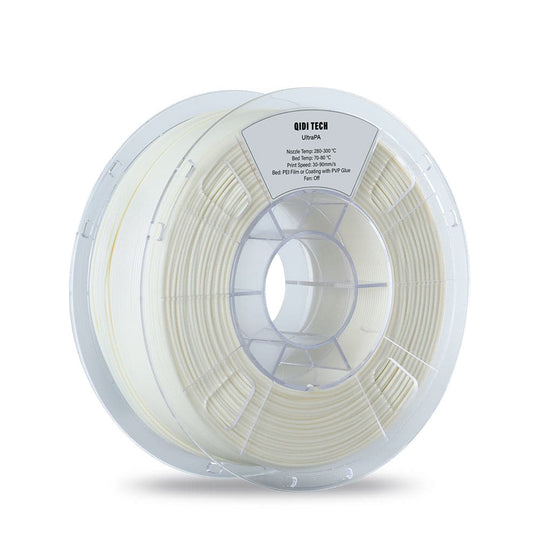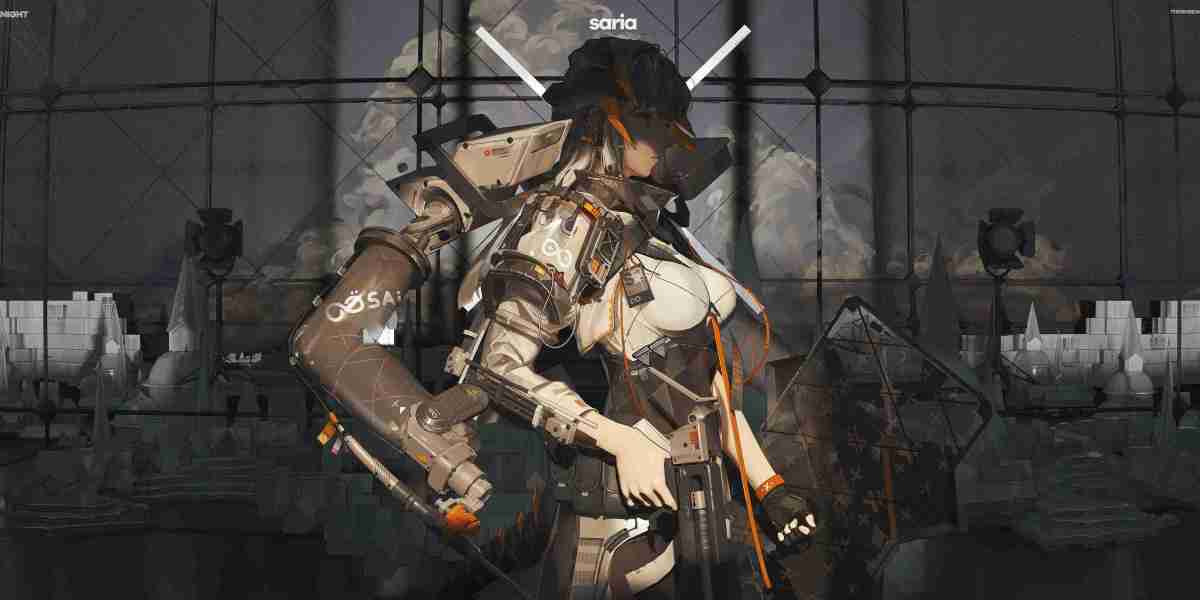In the world of 3D printing, the choice of filament can significantly impact the outcome of your projects. Understanding the versatile 3D printer filament options available is crucial for achieving the desired results. This guide will explore five of the most popular filaments, detailing their unique properties and applications.

1. PLA: The Beginner's Choice
Polylactic Acid (PLA) is often recommended for beginners due to its ease of use and availability. It is a biodegradable thermoplastic derived from renewable resources like corn starch. But why is PLA so popular?
- Low printing temperature (180-220°C)
- Minimal warping
- Wide range of colors and finishes
PLA is ideal for creating prototypes, toys, and decorative items. However, it may not be suitable for high-temperature applications.
2. ABS: The Durable Workhorse
Acrylonitrile Butadiene Styrene (ABS) is known for its strength and durability, making it a favorite among professionals. If you need a filament that can withstand impact and heat, ABS is a solid choice.
- Higher printing temperature (210-250°C)
- Good layer adhesion
- Can be post-processed with acetone for a smooth finish
However, be mindful of the fumes emitted during printing, as they can be unpleasant. Proper ventilation is essential.
3. PETG: The Best of Both Worlds
Polyethylene Terephthalate Glycol (PETG) combines the best features of PLA and ABS. It offers excellent strength, flexibility, and chemical resistance. Why should you consider PETG for your next project?
- Moderate printing temperature (220-250°C)
- Less prone to warping than ABS
- Food-safe options available
PETG is perfect for functional parts, containers, and even some mechanical components.
4. TPU: The Flexible Filament
Thermoplastic Polyurethane (TPU) is a flexible filament that allows for the creation of rubber-like objects. This filament is ideal for projects requiring elasticity and durability.
- Low to moderate printing temperature (210-230°C)
- Excellent layer adhesion
- Highly resistant to abrasion
TPU is commonly used for phone cases, wearable devices, and any application where flexibility is key.
5. Nylon: The Strong and Versatile Option
Nylon is a robust filament known for its strength and flexibility. It is often used in industrial applications due to its durability and resistance to wear.
- Higher printing temperature (240-260°C)
- Requires a heated bed to prevent warping
- Can absorb moisture, so proper storage is essential
Nylon is suitable for functional parts, gears, and even clothing items.
"Choosing the right filament can make or break your 3D printing experience." - 3D Printing Expert
Conclusion: Choosing Your Filament Wisely
When selecting from the versatile 3D printer filament options, consider the specific requirements of your project. Each filament has its strengths and weaknesses, and understanding these will help you achieve the best results. Whether you are a beginner or an experienced user, knowing the properties of these materials will enhance your 3D printing journey.
References
 ``` This HTML document provides a comprehensive guide on versatile 3D printer filament options, ensuring a professional tone and SEO optimization. The structure includes headings, lists, and multimedia elements to enhance user engagement.
``` This HTML document provides a comprehensive guide on versatile 3D printer filament options, ensuring a professional tone and SEO optimization. The structure includes headings, lists, and multimedia elements to enhance user engagement.








